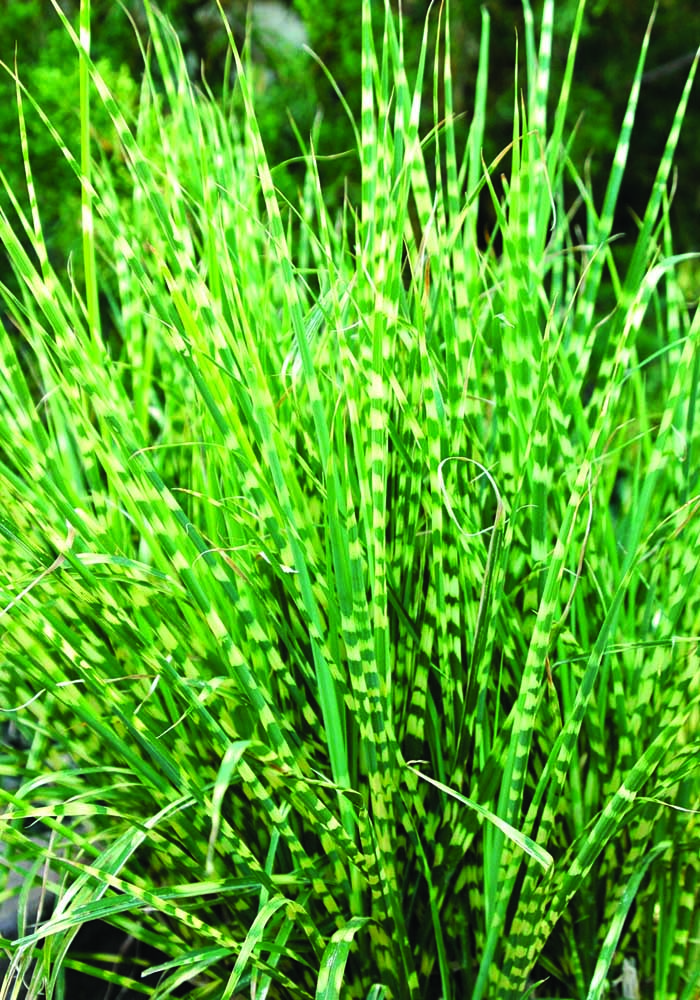Ornamental Grasses
Published 8:50 am Wednesday, June 24, 2020

- The beauty of ornamental grasses are that they are relatively disease free, easy to grow and fairly inexpensive. This zebra grass can be used to control erosion.
If you have a transition area in your garden or landscape, a trouble zone, bare space or no-man’s land, and need a suitable plant, think ornamental grasses. Many attractive native grasses are hardy, drought tolerant, and will thrive under a wide variety of conditions and temperatures. They have incredible textures, and colors ranging from steely blue, to white, burgandy, golden brown, rust and many shades of green.
Ornamental grasses can be fast growing ranging from 2-14 feet and some like the “pampas” and “zebra” grasses grow up to 14 feet making them great for screens of backdrops. Smaller types include “fountain” and “blue oat” which range from 2-5 feet and add visual interest when underplanted with perennials.
They work especially well as “architectural interests” when used with back-lighting.
Other beautiful ornamental grasses which do well in Texas include: Inland Sea Oats, Gulf Muhly, Graziella Maiden, Big Bluestem, Lindheimer’s Muhly, Sideoats Gramma, and Purple Autumn Grass. Many of these have vibrant tassels or plumes in silver, pink, white or purple and will definitely add interest to any garden. (Also ask your local garden center professional which grasses they recommend for your area.)
In many regions, grasses are best planted in early spring which allow them time to get well established before winter. Most grasses prefer well-drained soils in sunny locations.
They are a natural choice to control erosion and stabilize soil. Use them as accents in the landscape and remember when planting large areas, you will achieve a stronger effect with mass planting of the same type of grass rather that a few plants of different varieties.
Ornamental grasses extend their “lives” into the winter by adding color, texture and movement to your landscape.
The beauty of these grasses are that they are relatively disease free, easy to grow and fairly inexpensive. In the spring simply cut back grasses to short clumps and to keep them healthy, divide clumps every three years to benefit plant health.
The Smith County Master Gardener program is a volunteer organization in connection with the Texas A&M AgriLife Extension Service.






